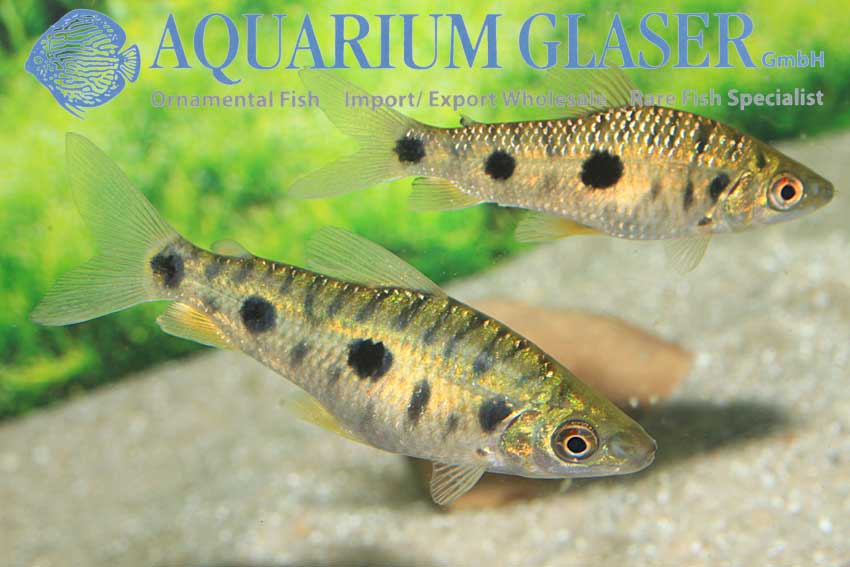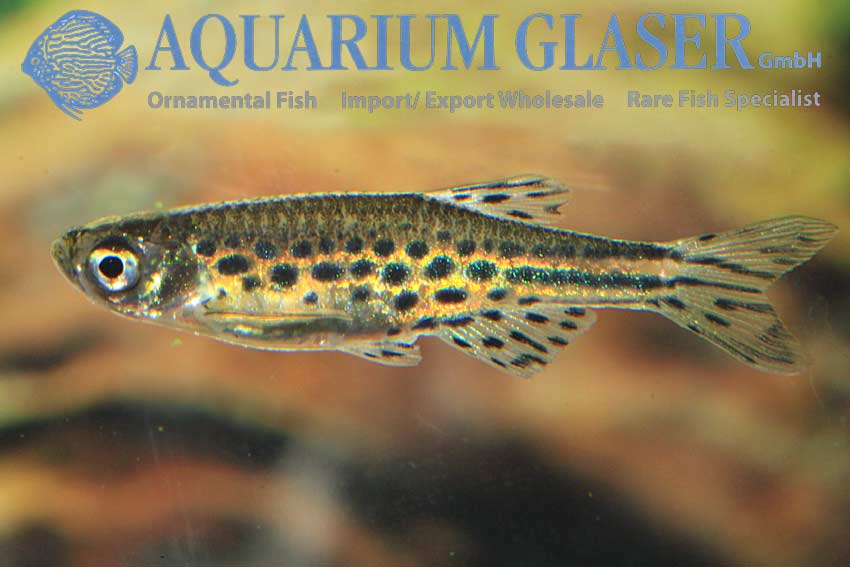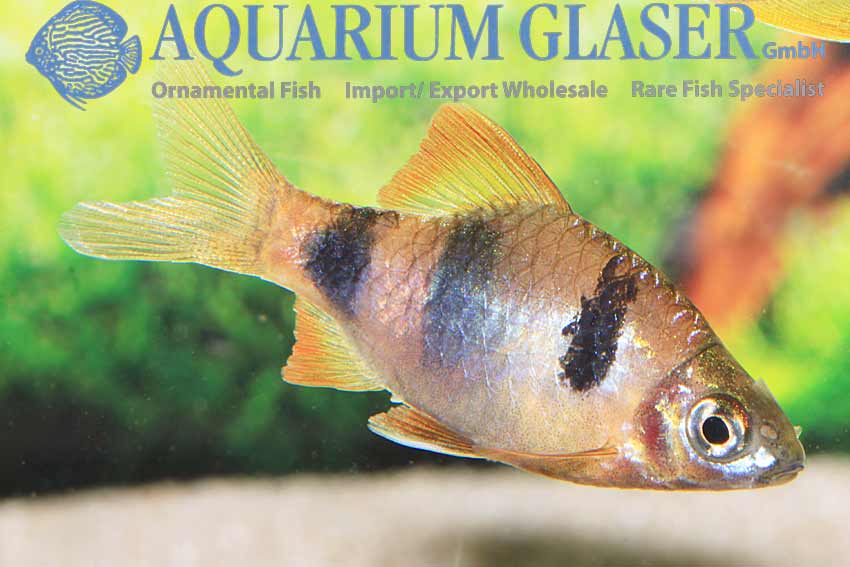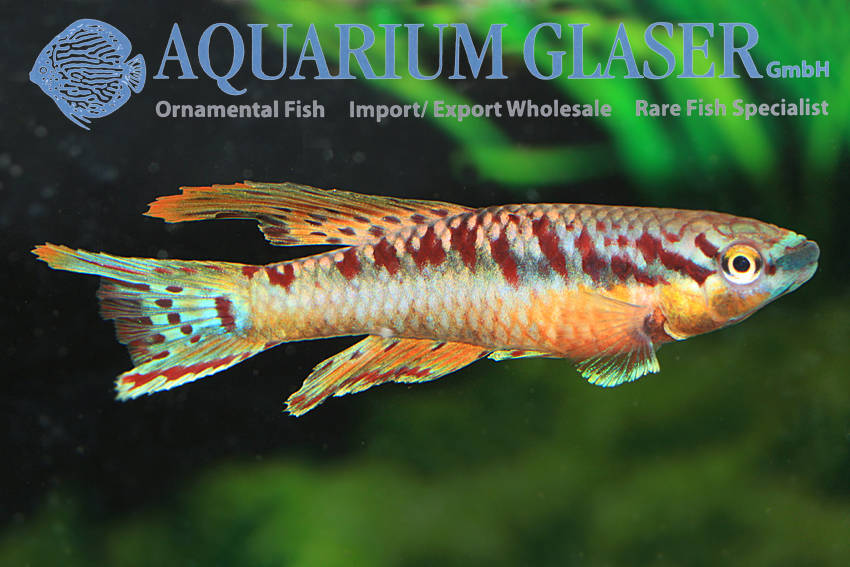



This is by far the most attractive species of all banjo cats – and the rarest. We recently received the fish for the first time from Peru. It is also one of the most variably coloured species of banjo cat. Most specimens have a sharp black-and-white contrasting pattern, being white anterior and black posterior. But there are also variations, some specimens are almost completely black, others brownish.
Maximum length of Pterobunocephlaus depressus is around 9 cm. Like all banjo cats the species is absolutely peaceful against any tankmate. Fine sand that allows the fish to borrow themselves is recommended, but not absolutely necessary. Banjo cats are strictly night active fish, so one must feed – at least during acclimatisation – the fish after the light has been switched off. The fish feed readily on any usual type of live, frozen or dried food.
For our customers: the fish have code 212922 on our stocklist. Please note that we exclusively supply the wholesale trade.
Lexicon: Pterobunocephalus: from ancient Greek, means “Bunocephalus with a fin”, referring to the comparatively long anal fin; Bunocephalus is another genus of banjo cat. depressus: Latin, means “flattened”.
Suggestion of a common name: Domino banjo cat
Text & Photos: Frank Schäfer
| Angaben zum Tier | |
|---|---|
| Herkunft | Peru |
| Verfügbare Größe in cm | 5-7 |




































































 The genus Pimelodus is quite specious and currently comprises 34 accepted species. Due to the lack of a recent revision it is not easy to identify the species. In the aquarium hobby only one species is of some importance: P. pictus, the angel catfish. One more species, P. ornatus, is a rare and highly demanded species for specialized aquarists. Several other species have been imported now and then but never became of any importance.But now we were able to import one more species from Venezuela that has at least the potential for an ornamental fish, for it is very attractive: Pimelodus tetramerus.
The genus Pimelodus is quite specious and currently comprises 34 accepted species. Due to the lack of a recent revision it is not easy to identify the species. In the aquarium hobby only one species is of some importance: P. pictus, the angel catfish. One more species, P. ornatus, is a rare and highly demanded species for specialized aquarists. Several other species have been imported now and then but never became of any importance.But now we were able to import one more species from Venezuela that has at least the potential for an ornamental fish, for it is very attractive: Pimelodus tetramerus.

















 Finally we were successful and imported a larger number of this wonderfully coloured predatory tetra from Peru. Both sexes have the splendid orange belly. Females can be recognized by the shape of the ventral fins: they are comparatively small and rounded (large and pointed in males).
Finally we were successful and imported a larger number of this wonderfully coloured predatory tetra from Peru. Both sexes have the splendid orange belly. Females can be recognized by the shape of the ventral fins: they are comparatively small and rounded (large and pointed in males).






























































 Only limited number available. Code: 262322
Only limited number available. Code: 262322

























 Code: 456043
Code: 456043




































